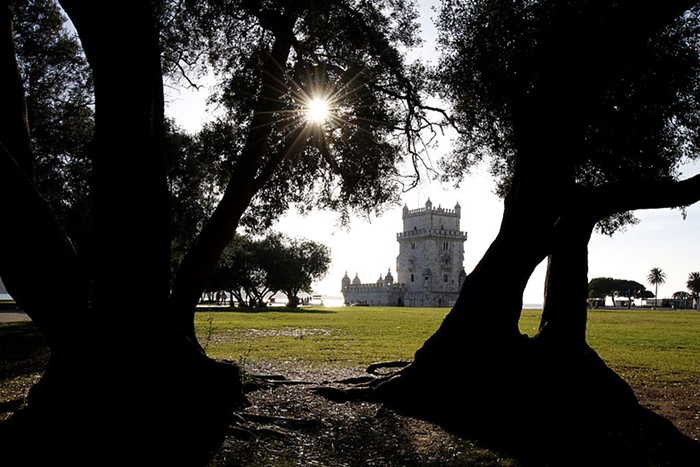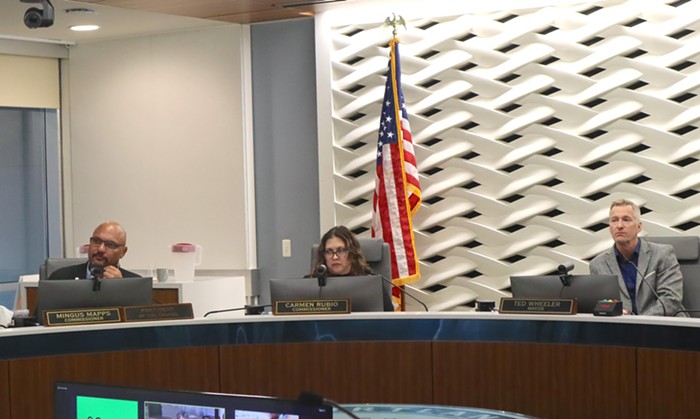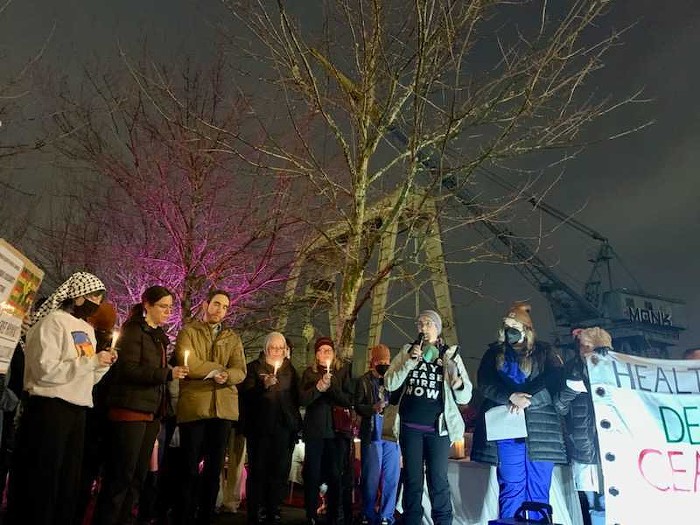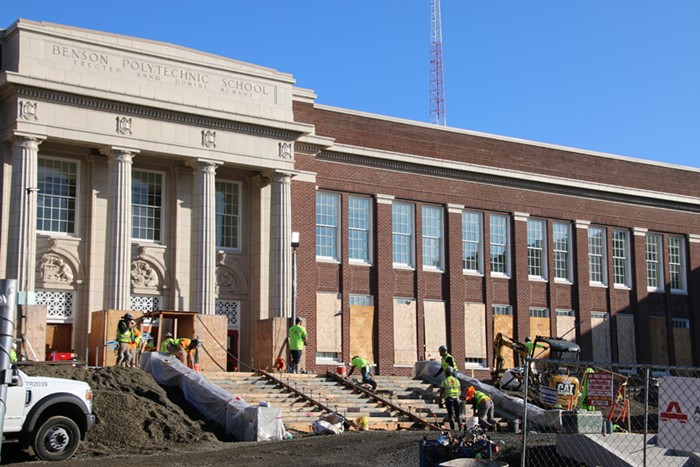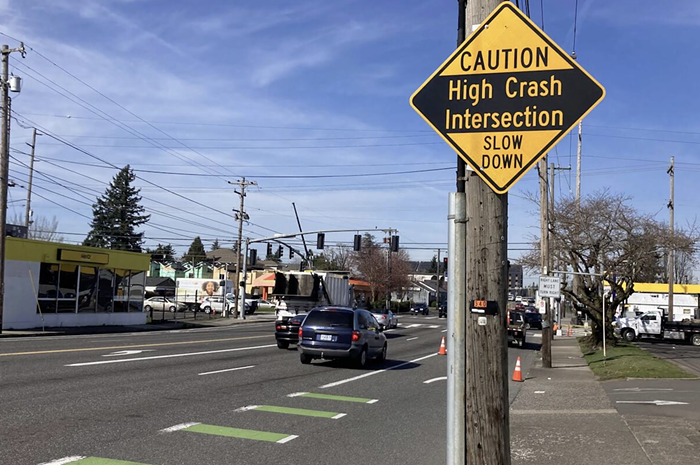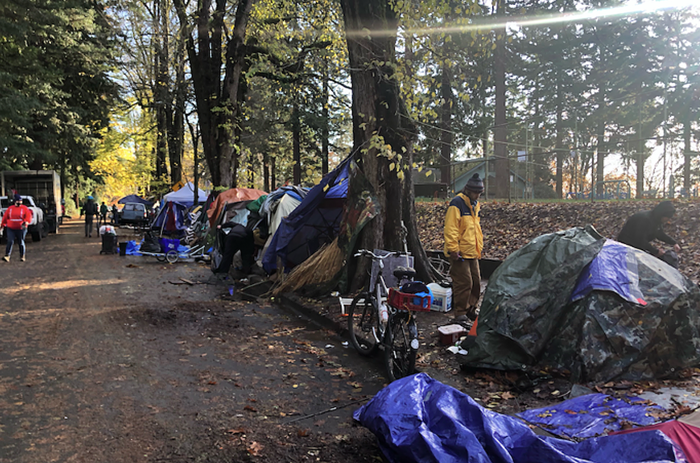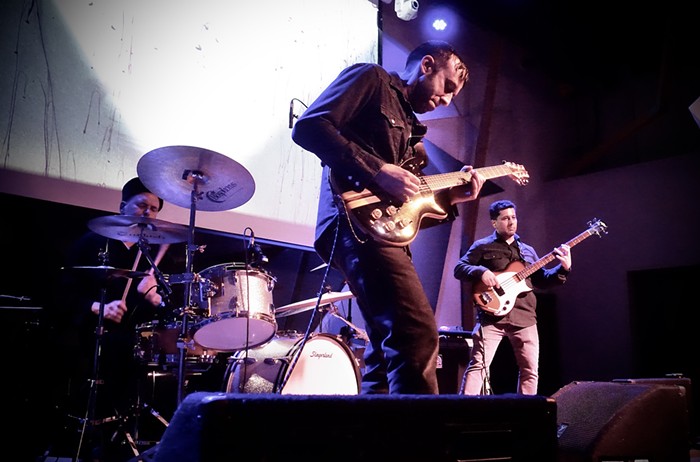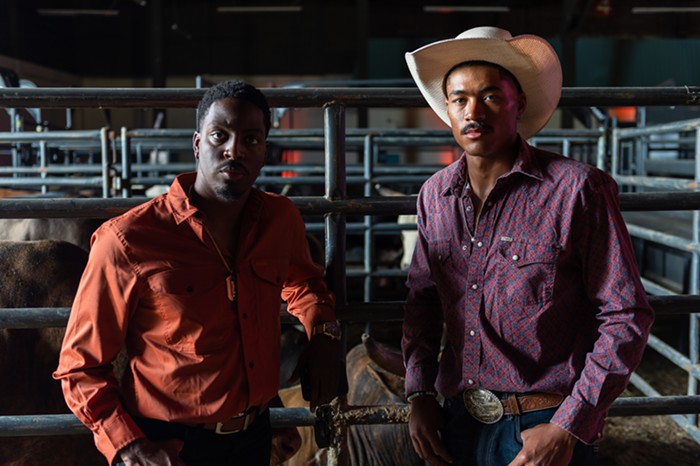LAST THURSDAY, January 29, Mayor Sam Adams delayed a planned city council recommendation on the number of lanes for the controversial Columbia River Crossing (CRC) project by a month, in a bid to secure consensus before Portland speaks out.
But Adams is stuck between a rock and a hard place on the project—trying to uphold his sustainability credentials with environmentally active Portlanders while negotiating the $4 billion project with the City of Vancouver and statewide business leaders, who are pushing for the highest number of possible lanes for the project: a dozen.
"It seems pretty clear Adams is trying to get agreement on both sides of the river so we don't have disagreement on the project advisory council that would make it very difficult to get funding for the bridge," says transportation activist and former city council candidate Chris Smith.
Adams began the council session on an optimistic note, hoping that council could "come up with a concept for the CRC that we can all agree on."
Nevertheless, consensus was hard to come by. Seventy-five people signed up to testify on the project, and opinions varied strongly.
Supporters of a 12-lane option with light rail, bike lanes, and possibly tolling, argued that 12 lanes would reduce traffic, greenhouse gas emissions, and even vehicle miles traveled, citing projected usage studies done by the CRC team and Portland's Metro Council. They described the 12-lane option as "forward thinking," but also as "green" and "sustainable."
Twelve-lane supporters included representatives from the City of Vancouver, residents of Jantzen Beach and people living on Hayden Island who want to get to the hospital on time if they ever suffer from heart attacks —or in Vancouver resident Jodi Parker's case, if their daughter ever goes into labor again. Parker almost missed the birth of her grandchild, thanks to traffic on the bridge.
The Oregon chapter of the American Federation of Labor and Congress of Industrial Organizations, the Portland Business Alliance, and the Oregon Business Association all spoke up in support of 12 lanes, not to mention the Port of Vancouver.
Conversely, opponents of the bridge's expansion labeled the so-called "sustainability" research as flawed, and expressed concerns about how the bill for the bridge will be paid.
"I've had to sit here all afternoon and listen to this bridge described as 'green' and 'sustainable,' but it's rhetoric," said Tom Buchele, a lawyer from the Pacific Environmental Advocacy Center, representing the Coalition for a Livable Future, which opposes the proposed bridge.
"The choice is between a 12-lane concrete monument to everything that was wrong with mid-20th century transportation planning," Buchele continued, "and something much smaller that is truly consistent with Portland's values."
"I don't think we can pay for it," said Zipcar General Manager Bill Scott, adding that as more people give up their cars, "I'm not sure you're going to have the need for this capacity when the bridge is built, and I'd urge you to look at tolling alternatives in the short term."
Meanwhile, Anthony Gomez, an activist from Rising Tide, said that any addition of lanes would "take jobs from low-income people here in Portland who really need them," and be potentially "racist and classist."
Mayor Adams has delayed the lane decision because he wants to hear more about tolling options as well as lanes at a meeting of the CRC sponsors council on Friday, February 6, says Catherine Ciarlo, transportation director in Adams' office.
"I don't think there's a settled opinion on this side of the river as to whether 10 or 12 lanes would accomplish our sustainability goals better," Ciarlo adds.
Asked whether Adams might stand up to the 12-lane supporters, and push for a controversial 10-lane option, based on sustainability arguments, Ciarlo pointed out Adams' commitment in his 100-day plan to working toward a design for the bridge "that adequately protects the city's interests."
"Tolling is a key part of that question," Ciarlo adds.

